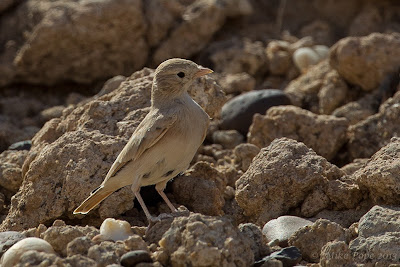David White and I decided to drive out west to Al Abraq to see if any numbers of migrants had arrived.
I guess the absence of shooters (which is a good thing) highlighted that migrants were yet to arrive in numbers at this oasis farm. Nevertheless, we were there and enjoyed the solitude of this unique area.
There were many Warblers in the reeds at the pool near the main house, but also a Whinchat.
 |
| Whinchat (Saxicola rubetra) |
 |
| Lesser Grey Shrike (Lanius minor) |
 |
| Black Kite (Milvus migrans) |
 |
| Citrine Wagtail (Motacilla citreola) |
 |
| Female Byzantine Stonechat (Saxicola m. variegatus) |
 |
| European Bee-eater (Merops apiaster) |
 |
| Unidentified Dragonfly |
This one is one of the Emperor's (perhaps either Vagrant or Lesser?) and is probably the largest Dragonfly found in Kuwait - it is quite impressive.
 |
| One of the Emperor Dragonflies |
 |
| One of the Emperor Dragonflies |
We will be back again in September when numbers and diversity should be quiet different than they were today.










































